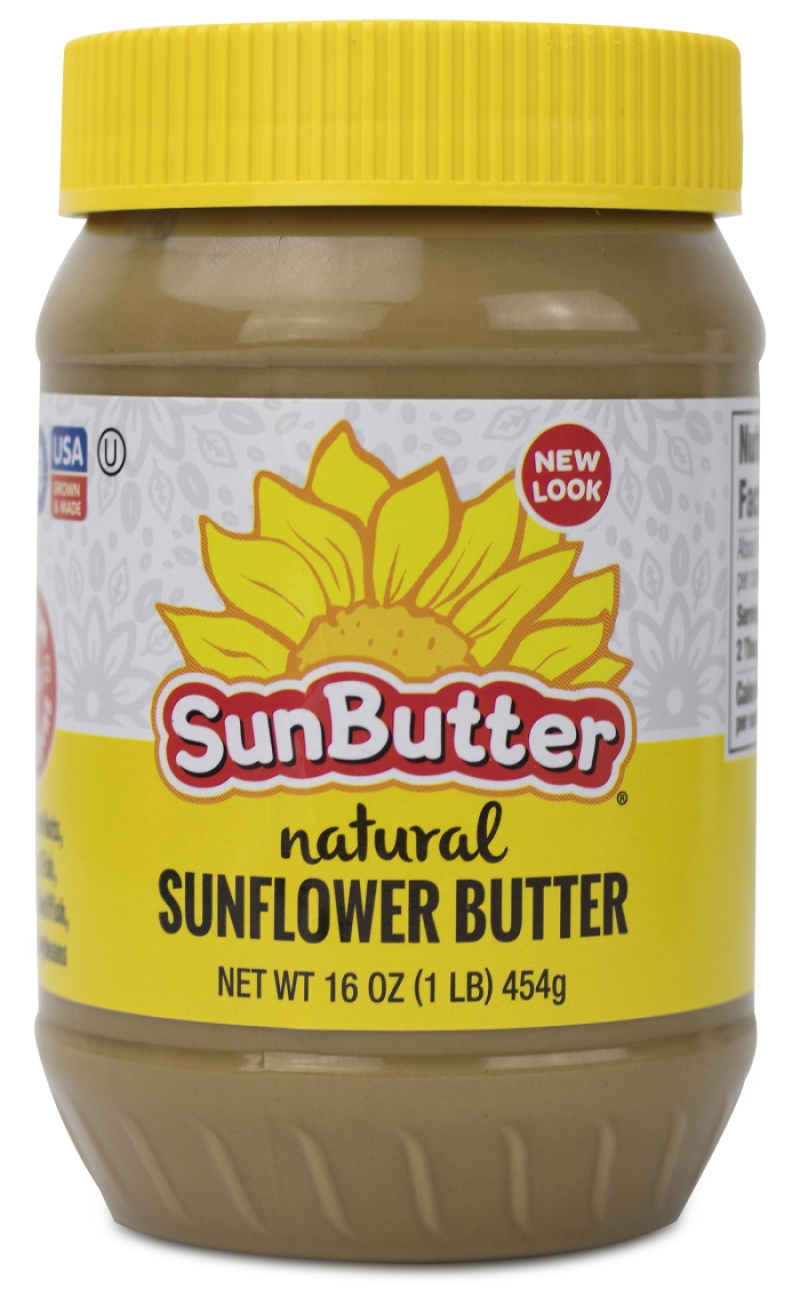What to know about peanut allergies
Peanut allergy kills more people in the United States than allergies to any other food. And doctors didn’t know how to prevent peanut allergies…until the landmark LEAP study came out in 2015.
Researchers had noticed that peanut allergies were ten times more common among Jewish children in the United Kingdom than in Israel.
Could that be because UK parents typically didn’t feed peanut-based foods to babies until they were at least a year old, while Israeli parents fed peanut-based foods around seven months?
To find out, scientists randomly assigned 640 UK infants (aged 4 to 10 months) who had a high risk for peanut allergy—because they had severe eczema, egg allergy, or both—to either eat or avoid peanuts until the age of five. The parents of the peanut eaters were told to give their children two grams of peanut protein—the amount in about two teaspoons of peanut butter—three times a week.
The results were startling
Among babies with no sign of peanut allergy when they entered the study, roughly 14 percent of those who avoided peanut—but only 2 percent of those who ate it—were allergic by age five.
Even among babies who started the study with signs of a mild peanut allergy, 35 percent of avoiders—but only 11 percent of eaters—were allergic by age five.
“For a study to show a benefit of this magnitude in the prevention of peanut allergy is without precedent,” said Anthony Fauci, director of the National Institute of Allergy and Infectious Diseases, when the trial’s results were released. (The NIAID helped fund the study.) “The results have the potential to transform how we approach food allergy prevention.”
Why is earlier better?
It may be safer for a baby’s immune system to first “see” an allergy-causing protein through the gut, not the skin.
“In early infancy, if you have an impaired skin barrier, like in eczema, you may be exposed to low levels of food allergens through your skin,” says Roxanne Oriel, a physician and assistant professor of pediatrics, allergy and immunology at the Icahn School of Medicine at Mount Sinai Hospital in New York. Maybe a baby crawls over crumbs on the floor or is held by someone with traces of peanut butter on their hands.
“When you eat something, your body presents it to your immune system in a packaged, organized way,” notes Christina Ciaccio, a physician and interim chief of allergy and immunology at the University of Chicago Medical Center. “But if something goes straight into the bloodstream through the skin, it signals the immune system to fight. ‘This is an invader! We don’t want this!’”
New peanut allergy guidelines
LEAP upended allergy guidelines in the UK and the United States. Both now tell parents to start peanut-containing foods (like puffed peanut snacks or peanut butter blended into puréed fruits, vegetables, or baby cereal) in high-risk infants aged four to six months.
“Those infants should be tested first to make sure they aren’t already allergic to peanuts,” cautions Oriel.
(For more on how to introduce peanuts to infants, go here.)
New therapies are on the way
Is there a way to make allergies less deadly? Researchers are testing oral immunotherapy, which feeds people tiny, increasing doses of an offending food.
“The goal is to raise the threshold at which your allergy cells release histamine,” Oriel explains.
In a recent company-funded study across 10 countries in North America and Europe, researchers randomly assigned roughly 500 children (aged four to 17) with a peanut allergy to take a placebo or AR101, a peanut protein powder, in doses ranging from 3 to 300 milligrams a day.
After a year, 67 percent of the children who took AR101—but only 4 percent of the placebo takers—were able to eat roughly two peanuts safely.
“It’s not a cure,” says Ciaccio, who co-authored the study. “It’s what we call ‘bite safe.’ If they have a bite of a food that contains peanuts, it’s unlikely to be fatal.”
(AR101 is currently under review by the FDA.)
“Many other exciting treatments are on the horizon,” says Oriel. “That includes other forms of immunotherapy, a possible peanut allergy vaccine, and more. We could be having a very different conversation about food allergies a year from now.”
Looking for a peanut butter alternative?
Almost any nut can be turned into a butter. After peanut butter, almond and cashew are the most popular.
Almond butter. Almonds’ sweet taste may not please peanut butter devotees, and a jar usually costs twice as much. But you do get slightly more fiber, magnesium, and vitamin E, plus 8 percent of a day’s calcium (PB has 2 percent).
Cashew butter. Pricey cashews have less polyunsaturated—and more saturated—fat than most other nuts. Another downside: cashew butter has roughly half the protein (4 grams in 2 Tbs.) of almond or peanut butter.
Avoiding all nuts? Your options:

Sunflower. Of all the no-nut butters, SunButter Natural and Trader Joe’s sunflower seed butters won over our tasters. The only ingredients: sunflower seeds, sugar, and salt.
SunButter Natural Sunflower Butter is “processed in a facility free from the top 8 allergens.” That means no peanuts or tree nuts. Trader Joe’s is also processed in a facility free of nuts, the company told us.
Bonus: Sunflower seed butter delivers more folate, magnesium, zinc, and vitamin E than peanut butter.
Soy and pea. Wowbutter blends its toasted soybeans with oil, sugar, and salt. The Sneaky Chef uses golden peas. But flavor-wise, we weren’t, um, nuts about them.
Photos: BigDreamStudio/stock.fotolia.com, Jennifer Urban/CSPI.
Continue reading this article with a NutritionAction subscription
Already a subscriber? Log in

